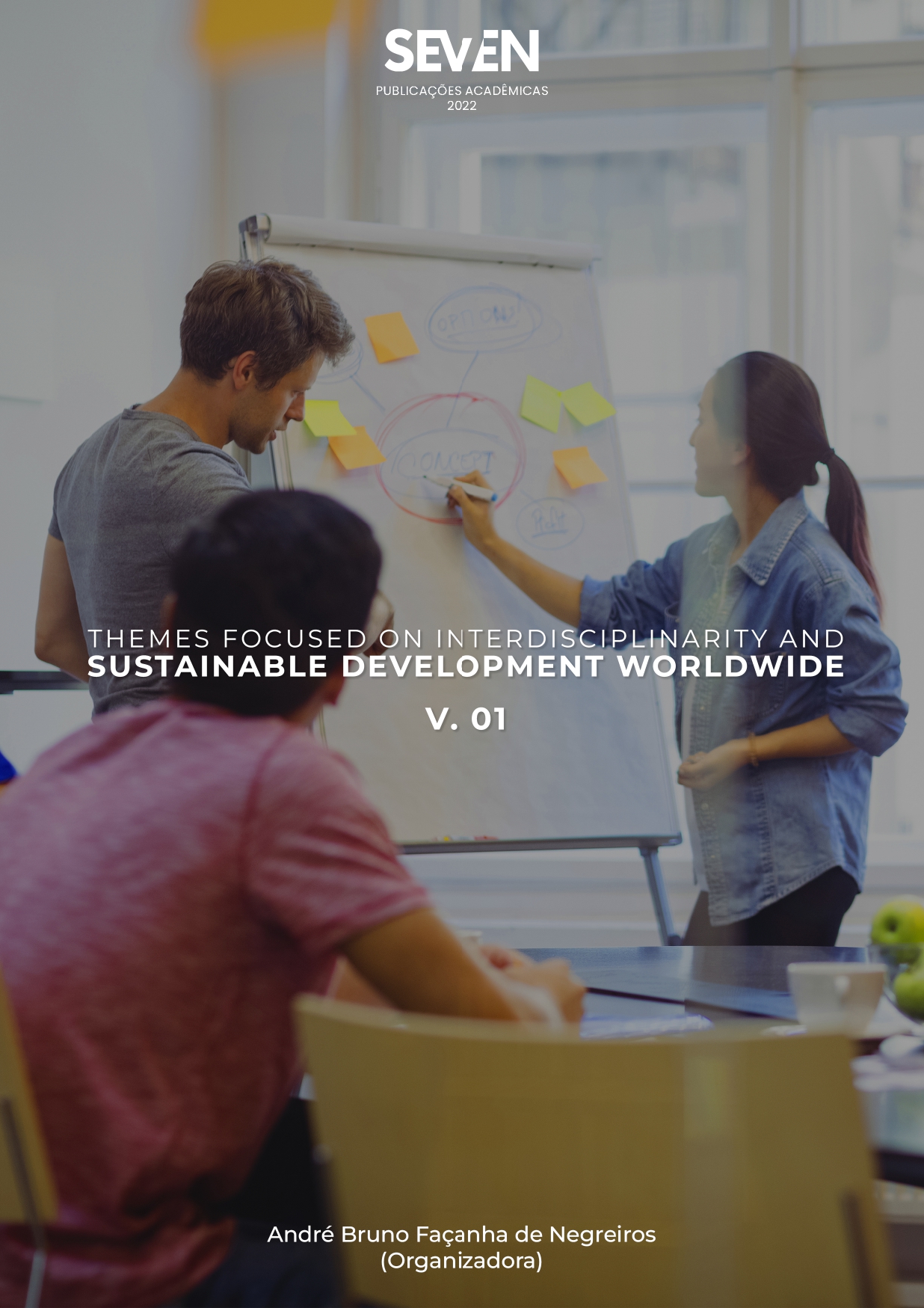Virtual learning environments: EAD and its history
Keywords:
Virtual environments, Distance education, MediationAbstract
Virtual teaching and learning environments enable mediation in distance learning, through the tools present in these environments, allowing interactivity and learning, favoring the student's autonomy concerning the activities developed in Distance Education courses (EaD). The purpose of this is to make a historical reference to EaD and its tools in virtual environments, associating the evaluation and participation of students in FACED/UFC disciplines. Methodologically, this study was carried out through research and studies carried out in the area, seeking to know the history of EaD, and how it emerged and was integrated into the profile of professionals, given the difficult access of students to face-to-face teaching institutions or difficulty in reconciling schedules of work and study. EaD has been developing at each historical moment, in the face of the creation of new technologies. An example of virtual environments is the platforms: TelEduc and Moodle. In the results of this study, we found that virtual environments allow for interactivity and mediation between trainers and students in real-time, which is possible due to the tools present in the environments, unlike the first generation of EaD, where correspondence was used that did not offer this immediate contact. between teacher and student. Then, EaD began to use audiovisual resources (a phase also known as Telensino), and after the 20th century, with the emergence of the internet, virtual teaching and learning environments began. Thus, we conclude that EaD has been constantly undergoing transformations and adapting to the technological innovations of each era, currently being widely used also at a higher level.
Downloads
Published
Issue
Section
License
Copyright (c) 2023 Maria Giselle Pereira Leal, Maria Euzene Rodrigues, Herminio Borges Neto

This work is licensed under a Creative Commons Attribution-NonCommercial-NoDerivatives 4.0 International License.





